The Church of Constantinople in the Nineteenth Century
Extraits

Design
A Year in the French Style. Interiors & Entertaining by Antoinette Poisson
10/2023
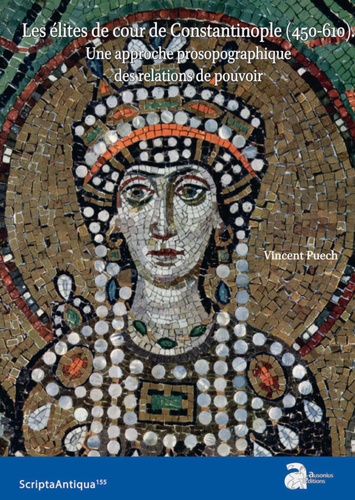
Histoire antique
Les élites de cour de Constantinople (450-610). Une approche prosopographique des relations de pouvoir
04/2022

Objets d'art, collection
The Wider Goldsmiths' Trade in Elizabethan and Stuart London
04/2024
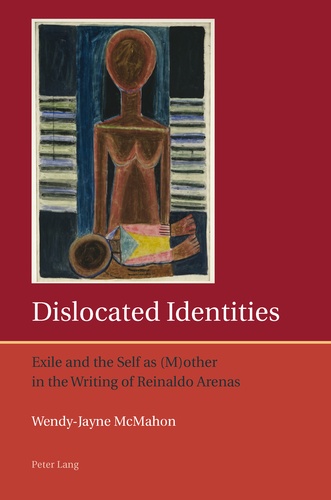
Non classé
Dislocated Identities
04/2012
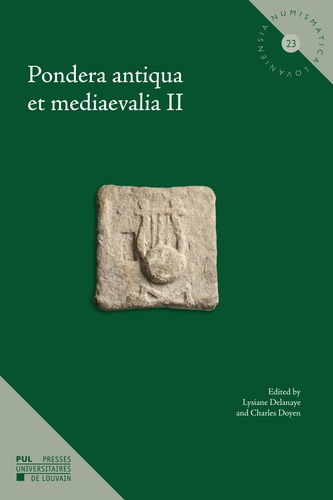
Histoire ancienne
Pondera antiqua et mediaevalia II
01/2023

Philosophie
Agencies of the Good in the Work of Iris Murdoch
10/1991

12 ans et +
The rest of the story
06/2019

Lectures graduées
The Turn of the Screw
05/2023

Littérature française
Gardens of Oceania
05/2010
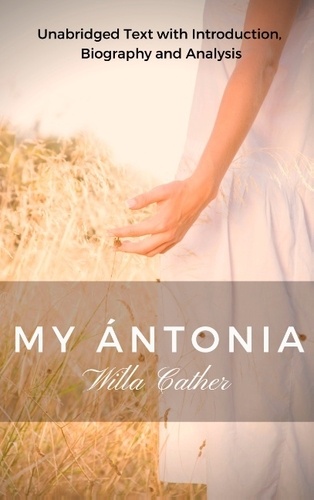
Littérature française
Willa Cather my Antonia. Unabridged Text with Introduction, Biography and Analysis
05/2017

BD tout public
I am GooGol - The Great Invasion
12/2010

Non classé
Living in Two Worlds
05/1994
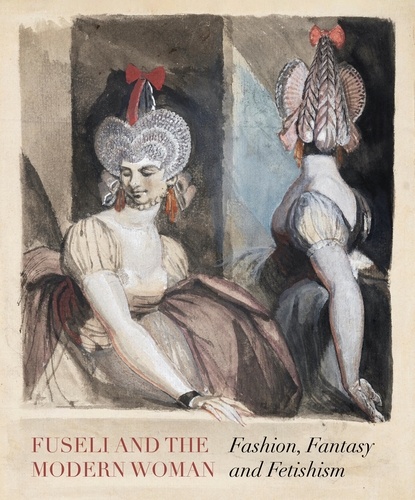
Monographies
Fuseli and the Modern Woman. Fashion, Fantasy, Fetishism
12/2022
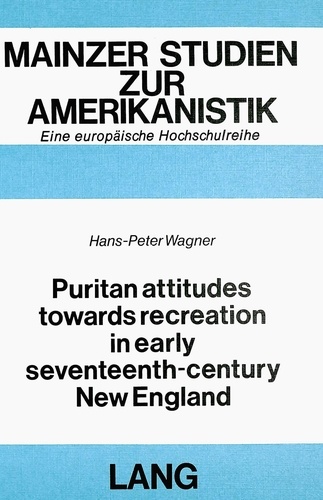
Non classé
Puritan Attitudes towards Recreation in early Seventeenth-Century New England
12/1982
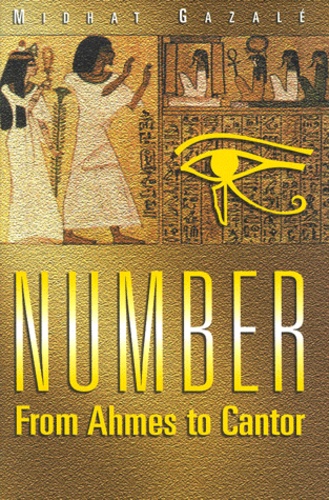
Histoire et Philosophiesophie
Number from Ahmes to Cantor
01/2000

Lectures graduées
Death of a Salesman
08/2021

Histoire de l'art
Paris Moderne, 1914-1945. Art - Design - Architecture - Photography - Literature - Cinema - Fashion
09/2023
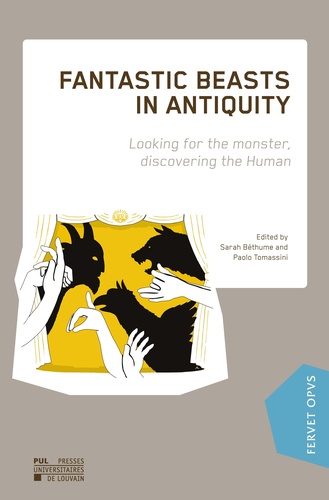
Archéologie
Fantastic Beasts in Antiquity. Looking for the monster, discovering the Human, Textes en français et anglais
02/2021
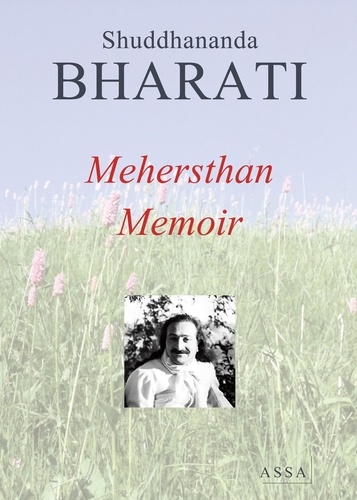
Littérature française
Mehersthan Memoir (Meher Baba)
07/2017
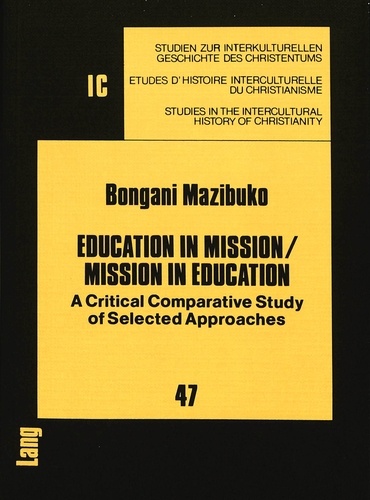
Religion
Education in Mission / Mission in Education
10/1987
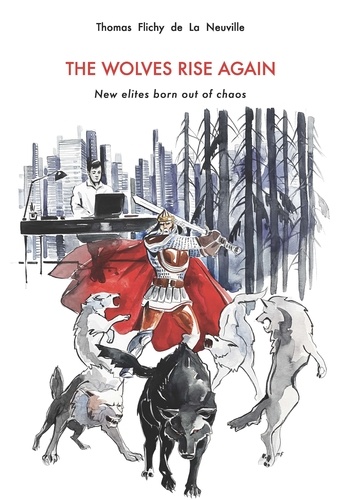
Ethnologie et anthropologie
The Wolves Rise Again. New elites born out of chaos
06/2022
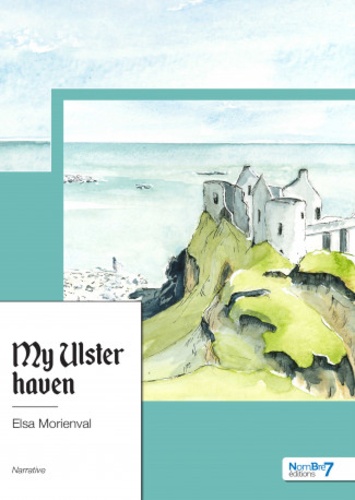
Littérature française
My Ulster haven
02/2022
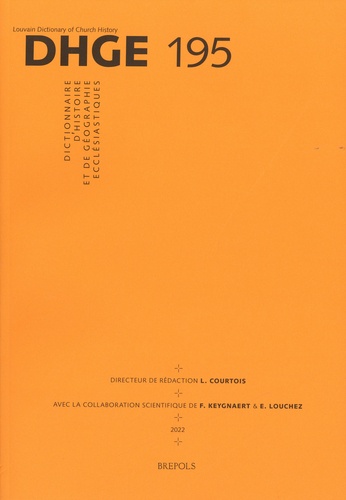
Histoire de l'Eglise
Dictionnaire d’Histoire et de Géographie Ecclésiastiques. Fascicule 195
01/2022
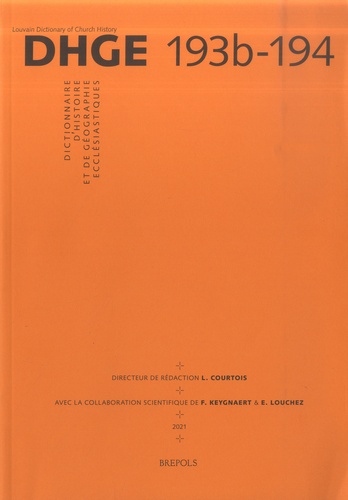
Histoire de l'Eglise
Dictionnaire d’Histoire et de Géographie Ecclésiastiques. Tome 33, Fascicule 193b-194
05/2021

Monographies
Luigi Pericle : A Rediscovery
10/2022

Droit
Activation Policies for the Unemployed, the Right to Work and the Duty to Work
06/1987

Critique littéraire
Ancient Greek by Its Translators
02/2022
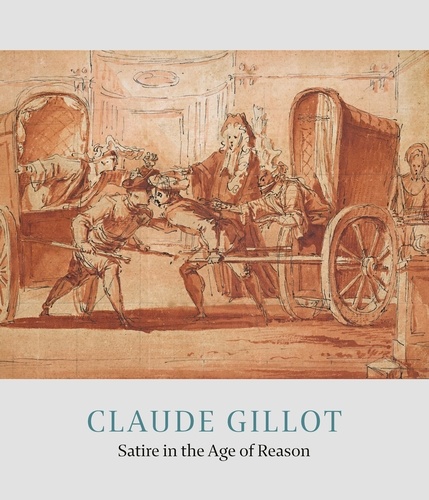
Monographies
Claude Gillot. Satire in the Age of Reason
03/2023

Religion
The Second Story of Creation (Gen 2:4-3:24)
11/2010
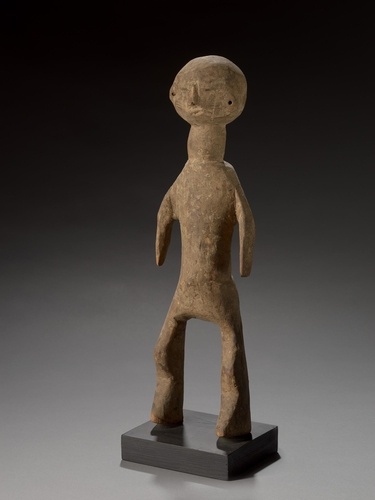
Monographies
Arts du Nigéria Central revisités. Mumuye et peuples environnants
05/2023


